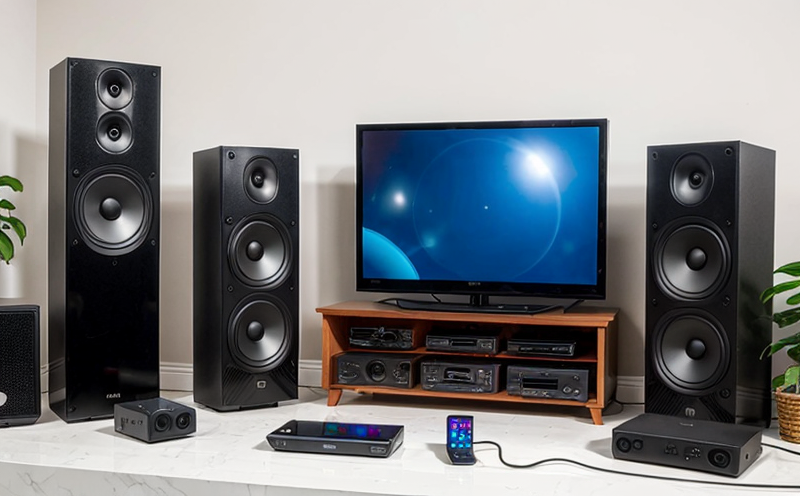DIN EN 55020 EMC Immunity Testing for Audio Video Equipment
The
DIN EN 55020 EMC Immunity Testing for Audio Video Equipment
The
DIN EN 55020 EMC Immunity Testing for Audio Video Equipment
The CENELEC standard, DIN EN 55020, is one of the most important standards in electromagnetic compatibility (EMC) testing. Specifically designed for audio and video equipment, this test evaluates how well a device can function when exposed to various electromagnetic interference (EMI) sources. This section will provide an overview of what DIN EN 55020 entails, its significance in the electronics industry, and the steps involved in conducting compliance tests.
DIN EN 55020 consists of two parts:
- Part 1: Limits
- Part 2: Test Methods and Procedures
Part 1 establishes the limits for EMI emissions, while Part 2 provides detailed test procedures to ensure that devices meet these emission standards. Compliance with DIN EN 55020 is crucial for manufacturers to ensure their products can operate safely in various environments without causing interference to other electronic devices.
Compliance testing typically involves several stages:
- Preparation and Documentation: Ensuring all necessary documentation, including technical specifications, is available. This includes a detailed description of the product's design, operation, and expected environment.
- Initial Testing: Conducting preliminary tests to identify any potential issues with the device's EMC performance. These tests might include checking for interference emissions or susceptibility to external electromagnetic fields.
- Main Testing: Performing comprehensive testing according to the procedures outlined in DIN EN 55020, Part 2. This includes subjecting the device to various EMI sources and verifying its performance under different conditions.
Testing can be challenging due to the complexity of modern electronics, which often involve multiple components interacting with each other. Ensuring that a product meets DIN EN 55020 standards requires meticulous attention to detail throughout all stages of testing and documentation.
Why Choose This Test
- To ensure compliance with international regulations and industry best practices.
- To protect your product from electromagnetic interference that could cause malfunctions or safety hazards.
- To enhance consumer trust by demonstrating a commitment to quality and reliability.
- To avoid costly rework and potential recalls due to non-compliance issues.
Frequently Asked Questions
What does DIN EN 55020 cover?
DIN EN 55020 covers limits for EMI emissions and test methods to ensure that audio and video equipment can operate safely in various environments without causing interference to other electronic devices.
How long does it take to complete the testing?
The duration of testing varies based on the complexity of the product and the specific tests required. Typically, testing can range from a few weeks to several months.
What is the cost of compliance with DIN EN 55020?
Costs depend on factors such as product complexity, test scope, and facility resources. Consulting with a qualified laboratory can provide more accurate pricing.
Are there any exceptions to the testing requirements?
Exceptions may apply for specific products or regions. It is essential to consult the latest version of DIN EN 55020 and local regulations.
How often should testing be repeated?
Testing should be conducted when there are significant changes in product design or operation, or when new versions of standards become applicable. Regular compliance checks help maintain product integrity.
What happens if a product fails the test?
If a product fails, it must be modified to meet the required standards before retesting. Failure can lead to delays in product launches and potential financial losses.
What are the benefits of compliance?
Compliance with DIN EN 55020 helps prevent malfunctions, enhances consumer trust, ensures safety, and avoids costly rework or product recalls.
Where can I find more information about DIN EN 55020?
You can refer to the official CENELEC publication or consult with a professional laboratory for detailed guidance.





